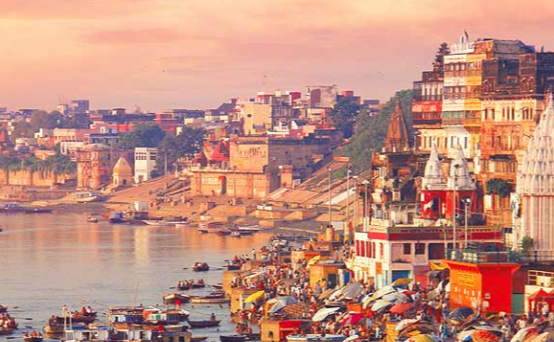Banaras: A Historical Weaving Hub

Historical Significance
Banaras, also known as Kashi, has been celebrated as a center of arts, learning, philosophy, and religion. The city, referenced in the Rig Veda and epics like Mahabharata and Ramayana, is renowned for its weaving traditions, especially the production of luxurious textiles like the gold-threaded Hiranya, considered a precursor to the famous Banarasi brocades.
Textile Traditions
Ancient texts like the Jataka tales and Pali literature highlight Banaras as a prominent hub for cotton and silk weaving. Buddhist monks adopted humble robes woven from wild silk fibers, while regal garments like Kasika Vastra were crafted for royalty and the affluent.
Mughal Influence and Evolution
During the Mughal era, particularly under Emperor Akbar, Banaras reached the pinnacle of its weaving prowess. Persian and Central Asian motifs were integrated, leading to the creation of intricate silk brocades with silver and gold zari threads. European travelers, like Ralph Fitch and Tavernier, admired and documented the city's textile industry, noting its significance in both local and export trade.
Colonial and Modern Revival
The British era brought challenges to Banaras' weaving traditions, as handlooms diminished. However, post-Independence, initiatives by figures like Mahatma Gandhi revitalized handloom weaving, aligning it with rural employment and cultural pride.
Characteristics of Banarasi Weaving
Banarasi fabrics are celebrated for their intricate designs, including floral and paisley motifs (bel, kalga, jhalla), compact weaves, and metallic visuals. Production, often requiring weeks to months, demonstrates the artisans' dedication and expertise.
Contemporary Relevance
Today, Banarasi textiles remain a hallmark of Indian bridal wear and a symbol of cultural heritage. Designers and brands collaborate with master weavers to innovate while preserving traditional methods.

